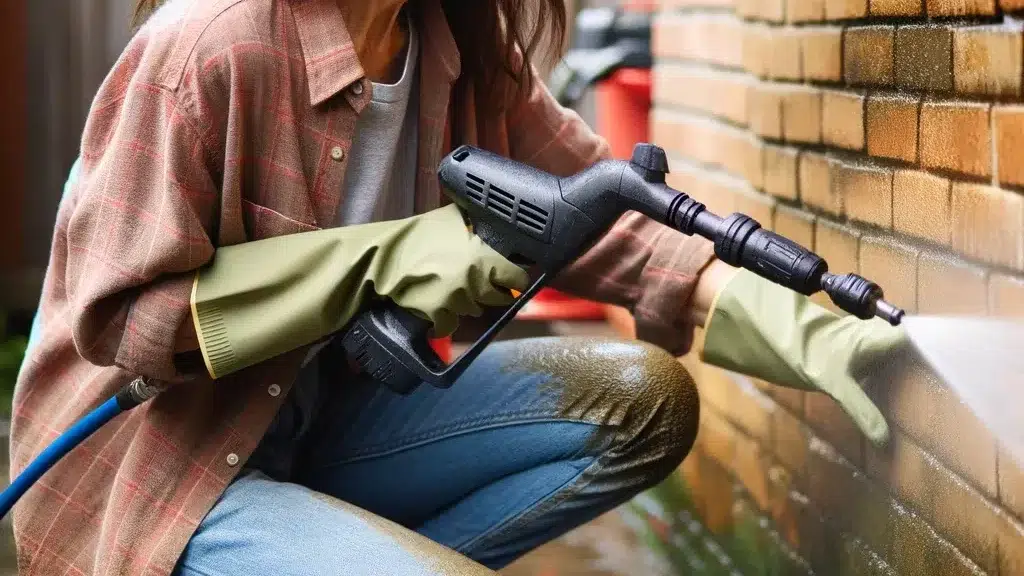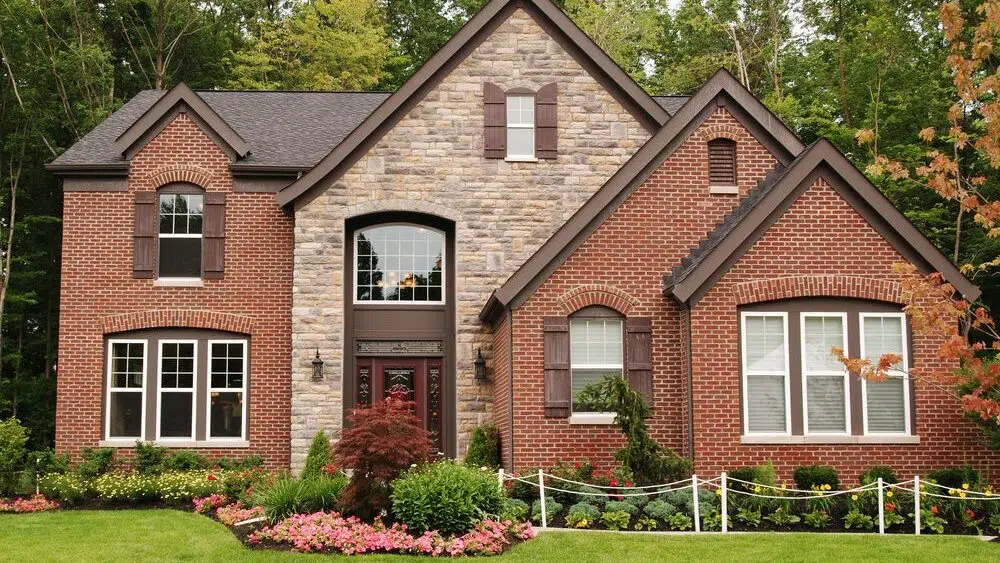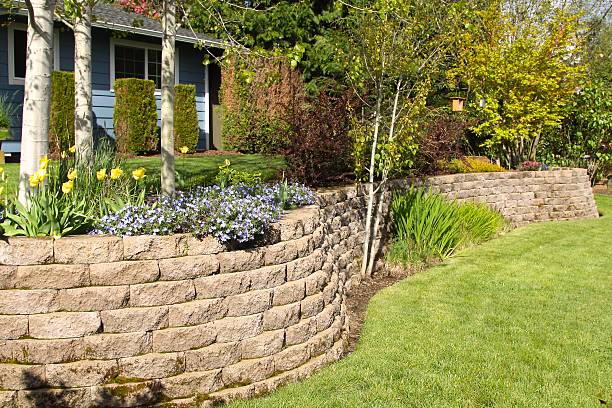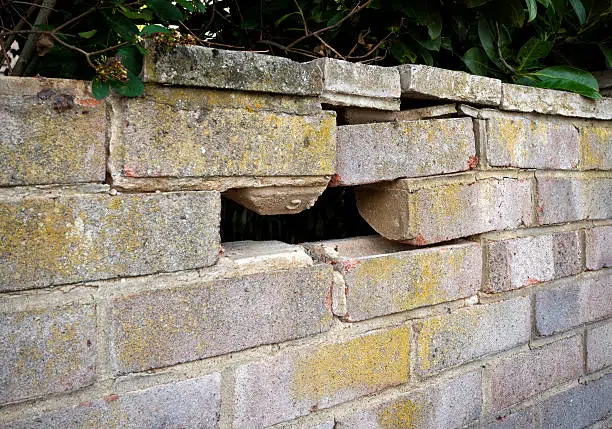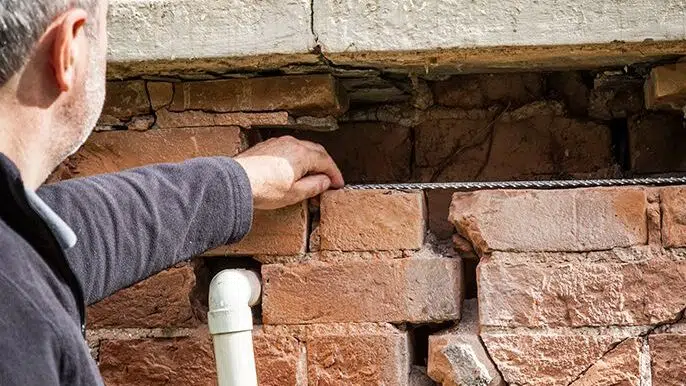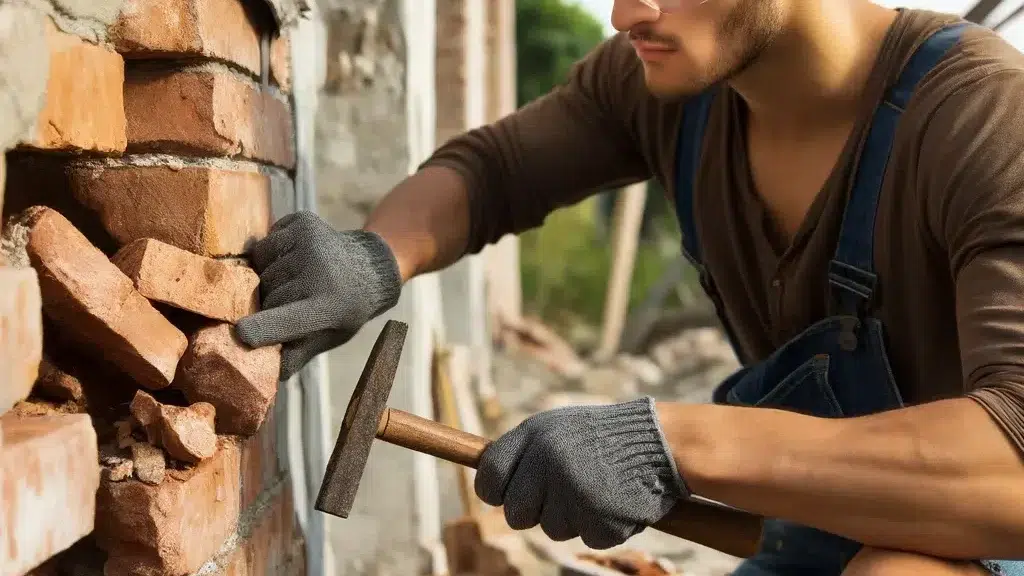What is the return policy?
You can return items within 30 days of purchase for a full refund, provided they are in original condition.
How long will delivery take?
Delivery typically takes between 5-7 business days, depending on your location.
Do you offer international shipping?
Yes, we offer international shipping to select countries. Please check our shipping policy for more details.
How can I track my order?
You can track your order by using the tracking link provided in your confirmation email.
What payment methods do you accept?
We accept various payment methods including credit cards, debit cards, and PayPal.

